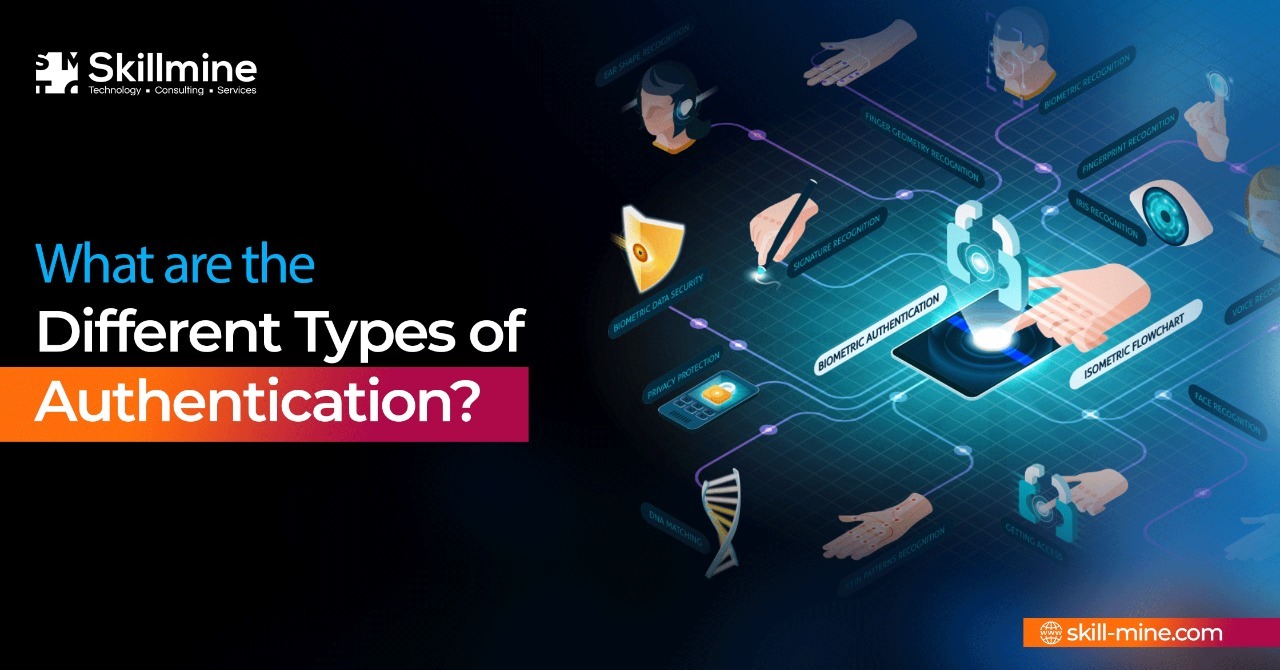A large bank transitioned to software authentication from physical tokens. The bank started by introducing it to brand-new customers. All new customers would have access to the software authenticator, but the switch became optional for all current customers. The hard tokens from their current clients were supposed to be phased away gradually. Using this approach, the bank could achieve the best adoption rate without putting its existing, devoted customer base under pressure to change.
A business uses authentication to know precisely who is accessing information. The user requesting information must authenticate themselves to the server. Authorization and authentication are often used interchangeably. It is known as authorization when the server attempts to determine whether a client has access to a specific resource or file. However, most authorization types call for some form of authentication. Authorization is about the “what”, while authentication is about the “who”. Additionally, authentication does not control what a person can do or what resources or files they can access. It merely offers a method of identity verification.
Importance of authentication
- Assigns each user a distinct identity
It aids in differentiating one user from another and in giving each user a unique identity on the platform.
- Helps test the robustness of cybersecurity
Depending on the approach’s reliability and security, the authentication procedure aids in testing the network for flaws. The resilience of the network can be increased through frequent penetration testing.
- Stores information about access attempts
To determine whether the attempted access was a hack and evaluate the system’s vulnerabilities, the timing of the attempted access and the number of access attempts can be recorded.
- Helps in the authorization process
Authentication aids in the subsequent authorization process. In fact, without adequate authentication, an authorisation that guarantees data security would become futile.
Types of authentication
There are different types of authentication based on knowledge, passion, and inheritance factors as follows:
Password-based authentication
Every user on the platform must have a unique username and password combination to employ password-based authentication. The user must enter their username and the corresponding key or password when logging into the platform. The knowledge element is used because this is a recall test. He has a limited number of attempts—usually three—before the system deactivates the account. To make it hacker-proof, there will occasionally be an additional layer of security with a different kind of authentication. Examples include one-time passwords, fingerprint or facial recognition technology, etc.
Biometric authentication
It takes advantage of the inheritance factor. A few biometric authentication examples include fingerprint, face recognition, and iris scanning. But, people have successfully managed to bypass biometric authentication on several occasions. The issue with this is that biometrics ultimately depends on the final image supplied to the AI. If the image is faked, there may have been a security breach. Forged fingerprints and 2D static and dynamic facial recognition attacks are two examples. However, there is a solution to stop this. In fingerprint scans, the fingerprint’s temperature is also noted to show that the individual is alive. In terms of face recognition, there are active and passive liveness checks, which are now considerably more secure. These tests also guarantee that the person presenting their face for identification is an actual, living individual.
Certificate-based authentication
Using a public key certificate, a machine on a network can authenticate itself using certificate-based authentication, a cryptographic approach. This sort of authentication takes advantage of the possession factor. Each digital certificate serves as a unique ID card in the digital world and is a trustworthy part of the PKI (Public Key Infrastructure). They are widely trusted because they are issued by a reputable, independent CA (certificate authority) and are only given to people who can prove their identity. In conclusion, PKI and digital certificates can be viewed as cryptographic tools for safe internet connection.
Besides these different types of user authentication, there is captcha and transaction authentication too. Captcha displays a straightforward graphic to detect robots during a website’s login or signup processes. The computer analyses the user’s history during transaction authentication. Everything appears to be fine if the IP is from the same location the user makes purchases from. However, if the IP is found in another nation later, an alarm is set off with the notification that a location change has been discovered. The user is then shown additional verification processes.
Conclusion
Among the different types of authentication methods, passwordless Authentication is getting increasingly popular, a trend that is expected to grow. By essentially eliminating all risks associated with brute force assaults and ransomware vulnerabilities, passwordless authentication vastly enhances the user experience. Skillmine Auth is a bespoke solution by Skillmine that supports password-less, classical and social logins.
Looking for expert technology consulting services? Contact us today.





